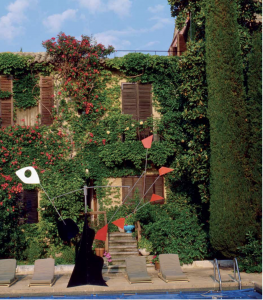The new display of drawings by Charles Rennie Mackintosh at London’s RIBA Architecture Gallery offers an opportunity to experience the evolution, influence and legacy of the great Scottish architect
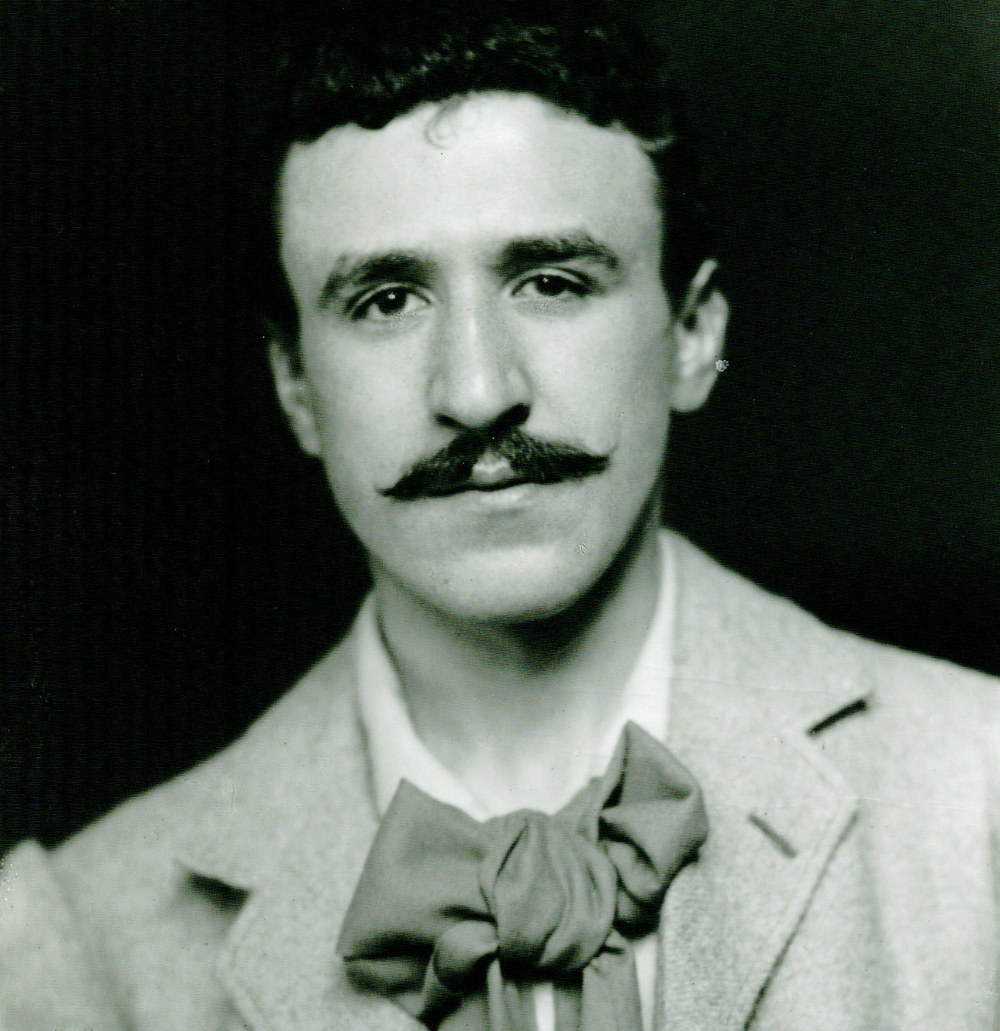
During the nine decades since the death of Scottish architect Charles Rennie Mackintosh, a continuous revival in public interest around his work has been in motion. Glasgow’s year as the European city of culture in 1990 saw a celebration of Mackintosh’s achievements whilst in 1996 his ‘House for an Art Lover’ was posthumously realised in Glasgow’s Bellahouston Park. The buildings designed by Mackintosh are often cited by architectural critics as amongst the finest in the UK, yet during his lifetime his career was marked as much by its difficulties as by its successes, with many of his designs never making it past the drawing board.
Mackintosh Architecture at London’s RIBA Architecture Gallery is the first exhibition to be devoted to his architecture and showcases 60 original drawings, watercolours and perspectives to reveal the evolution of the master’s style from early apprenticeship to later projects as an individual architect and designer. Conor Mahon spoke to the exhibition’s curator Susan Pugh about presenting the fascinating life and career of Charles Rennie Mackintosh.
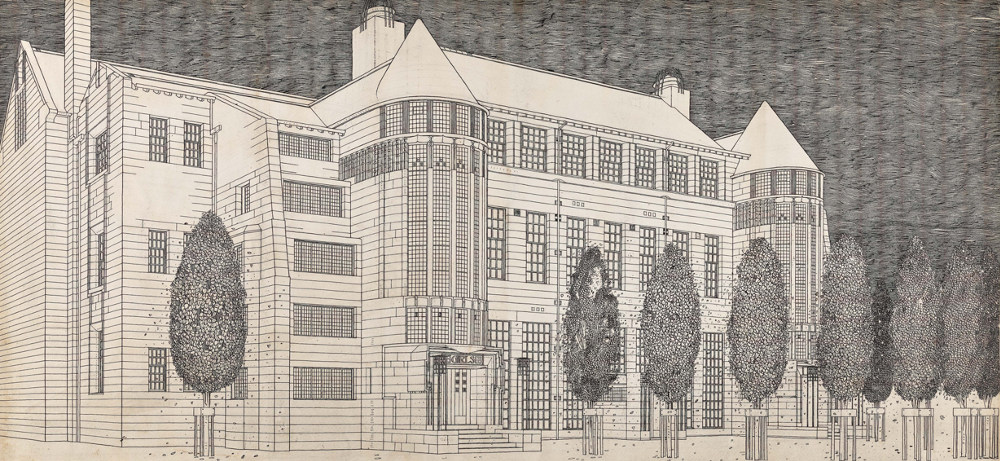
Why is this an important time to exhibit Mackintosh’s work?
The exhibition marks the completion of a four-year research project undertaken at The Hunterian, University of Glasgow, which has resulted in the first full catalogue raisonné of Mackintosh’s architectural work. This is an amazing online resource which is now available online for all to see. It is also a critical time to focus upon Mackintosh in light of the tragic fire at the Glasgow School of Art last May.
“Mackintosh had an intense passion for art and exquisite skills as a draughtsman”
What insight into Mackintosh’s personality does this exhibit offer?
We learn about Mackintosh’s role within the architectural practice of Honeyman & Keppie, and also something of the difference between his personality and that of his partner John Keppie. Keppie was an adept committee man, amenable and flexible, qualities which Mackintosh may not have been known for.
How do the four contemporary artworks that accompany the exhibit interact with the Mackintosh’s legacy?
Our contemporary section to the exhibition, Beyond Mackintosh, celebrates the thriving artistic community of present-day Glasgow by presenting selected works from alumni of the Glasgow School of Art. These works respond to Mackintosh as an artist and the experience of studying within his iconic building.
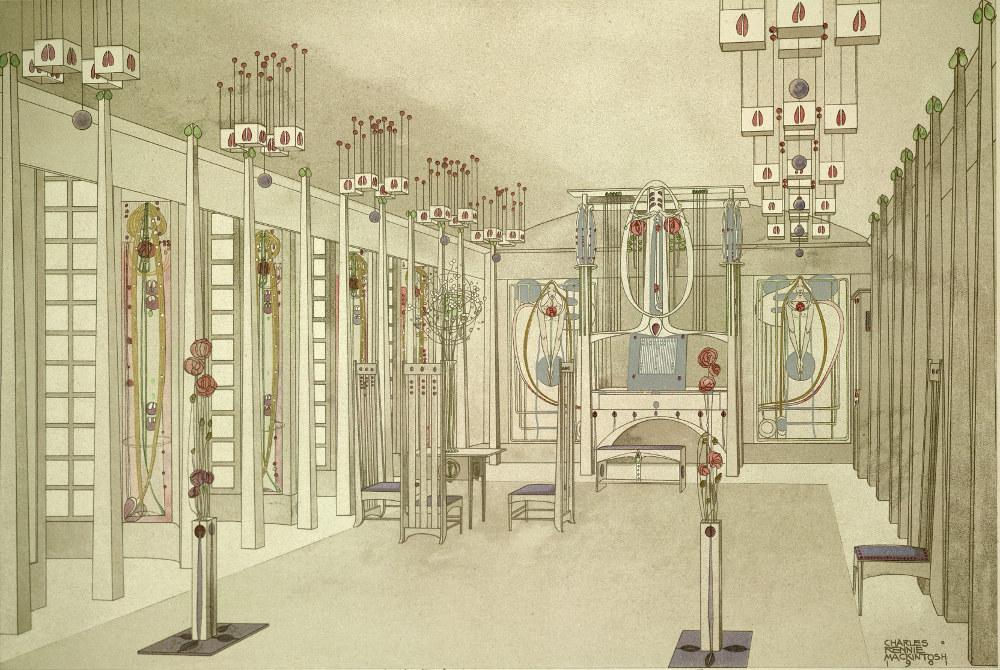
The School has generated impressive numbers of renowned architects, Turner Prize-winning artists and designers within a city that continues to prosper as Scotland’s preeminent cultural capital, despite periodic economic and political difficulties. There are two animations by Katy Dove, a sound piece by Lucy Reynolds and a poem by the National Poet for Scotland, Liz Lochhead, which are played daily in our restaurant.
In terms of the arrangement of these works, what do you hope to convey to the viewer?
Mackintosh had an intense passion for art and exquisite skills as a draughtsman. His personal development within the practice of Honeyman & Keppie (later called Honeyman, Keppie & Mackintosh) and the evolution of his very distinctive style of draughtsmanship, as well as his unique, stripped-down architectural style, all come through in the show.
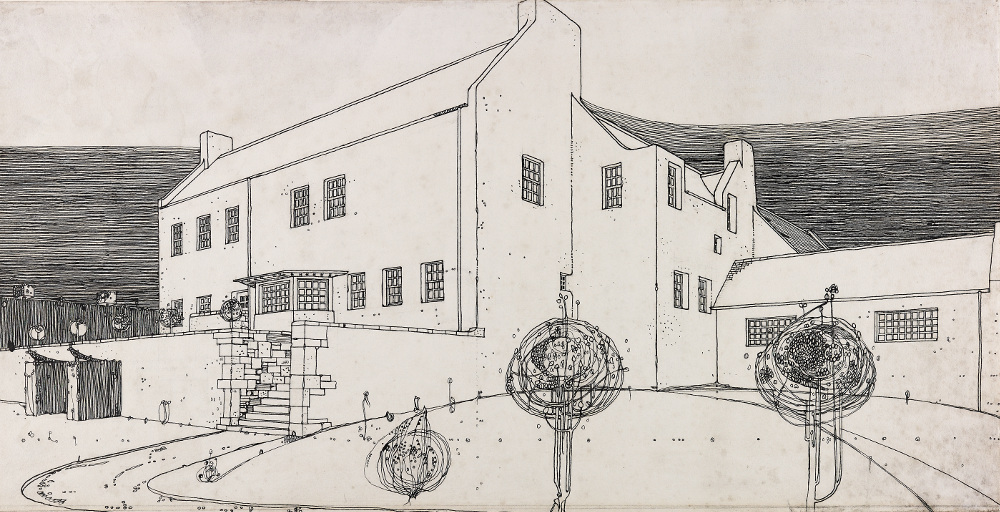
Many consider Mackintosh’s building at the Glasgow School of Art to be his greatest work. Are there any other overlooked contenders?
I would also put forward Windyhill, the house he designed for his good friend and patron William Davidson. This was the first building to be carried out in Mackintosh’s stripped down, vernacular, roughcast manner and it acted as a model for both The Hill House and his House for an Art Lover design. Windyhill isn’t as well known as it remains a private residence, whereas The Hill House is open to the public as a property of the National Trust for Scotland.
Were there any notable challenges during the production of this exhibition?
The temptation is always to include more. As with all architectural shows, there was also the challenge of how to help the public understand and appreciate the featured buildings within a gallery space, which we addressed with the addition of models, films and photographs.
Mackintosh Architecture runs at the Royal Institute of British Architects until 23 May 2015
